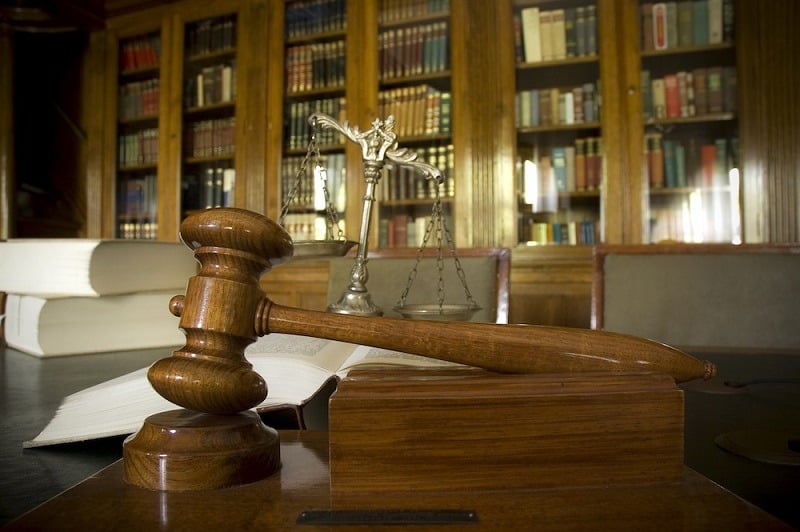When Does A Baltimore Personal Injury Attorney Go To Court?

The easy answer is that the referenced Baltimore personal injury lawyer goes to court to obtain fair and just compensation for his or her client, where such reasonable and appropriate compensation has not been offered by the insurance company. Although a trial is an event in every sense, trial work is a process that typically begins months or years, before the event. Let’s take a deep dive into the anatomy of a Baltimore personal injury trial. Initially, a distinction must be drawn between the two court systems that operate in Baltimore City Maryland. The first is the District Court, which is reserved for generally smaller personal injury claims and motor vehicle accidents where the amount in controversies is limited to $50,000 or less. In a district court matter, the other essential difference is that a District Court Judge operates both as the finder of fact and is responsible for fixing the amount of damages. Baltimore City District Court Judges are typically seasoned and experienced litigators who tried hundreds of cases in their careers as a lawyer. They bring years of experience with rules of evidence and procedure, and a honed familiarity with the legal principles that govern the cases they hear to the bench. A Baltimore City Circuit Court personal injury case on the other hand -by definition- is a larger claim with, in theory, an unlimited amount of potential total recovery [limited only by Maryland’s damages cap]. The other meaningful distinction between a circuit court case and a district court case lies in who makes the determinations. In a Baltimore City Circuit Court trial of a personal injury case, a jury operates as the finder of fact and is also charged with fixing the amount of compensation to be received by the injured person.
Aside from these potentially game-changing variations, there are other key differences in a District Court personal injury proceeding vis-à-vis, a Circuit Court one.
In District Court cases there are limited discovery devices available. A set of 15 interrogatories [ written questions to be answered by the other side, under oath] is permitted. But no more. This is a difference in procedure, but, frankly, can be seen as somewhat of a disadvantage- potentially to plaintiff and defense. In any disputed liability case, the Plaintiff would no doubt be desirous of taking the defendant’s deposition and learning the factual basis of the defense. Any insurance defense attorney would no doubt be thrilled to probe deeply into an injured plaintiff’s medical past to find other accidents, injuries, conditions, events, or any conceivable alternative source of Plaintiff’s injuries.
In a circuit court matter, the full array of discovery methods and devices are available to the litigants, including expanded interrogatories [30] the production of documents, depositions, and requests for admission. Moreover, in a circuit court case, the defense can compel an injured plaintiff to submit to an independent medical exam. In this scenario, an independent medical 
District court matters many times can be brought to trial within months and it is typical for the District Court to set an initial trial date 3 to 4 months after the case is filed. Circuit court cases, take longer to get to trial, and as mentioned here, the discovery process in a circuit court personal injury case is more expensive. Moreover, there are other intermediate proceedings, such as motions hearings, mediations, and settlement conferences. It’s not unusual in busy jurisdictions in Maryland for a trial to be set a year or more after it is filed.



